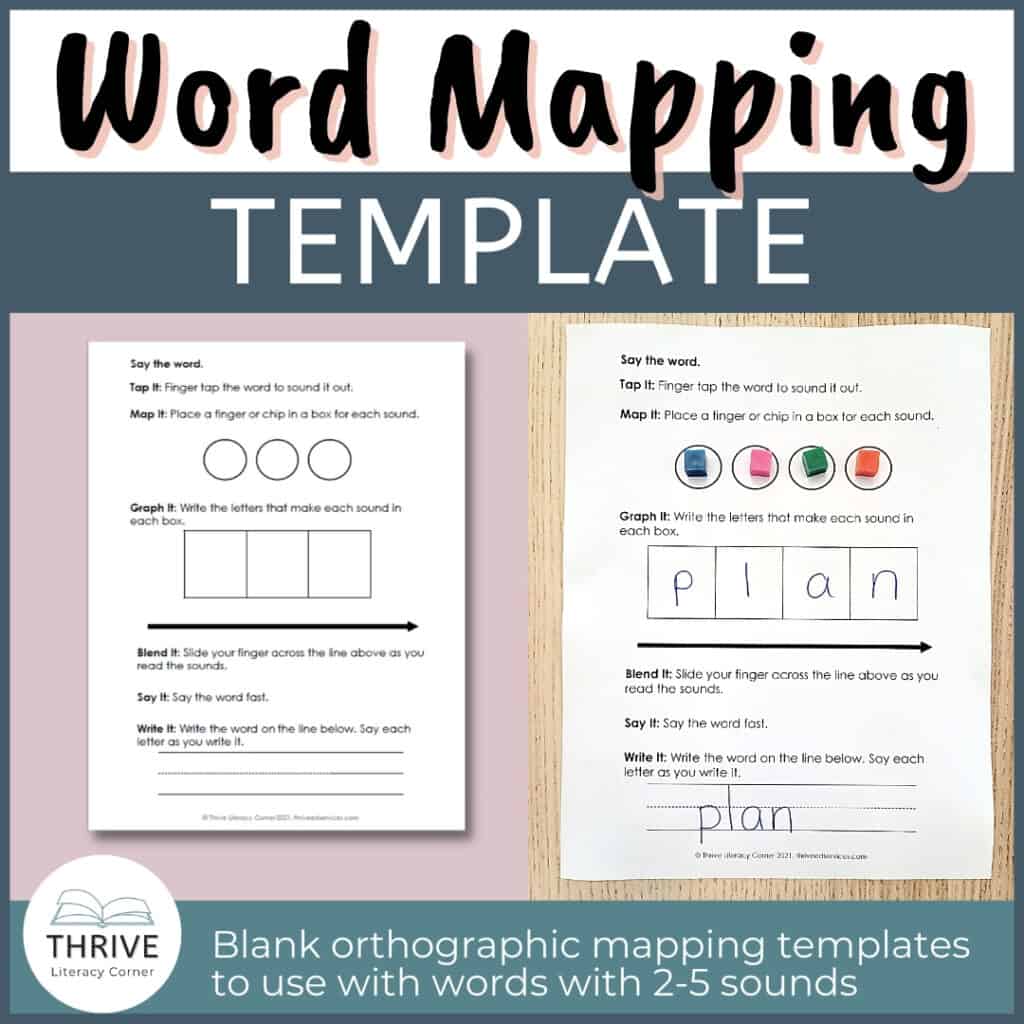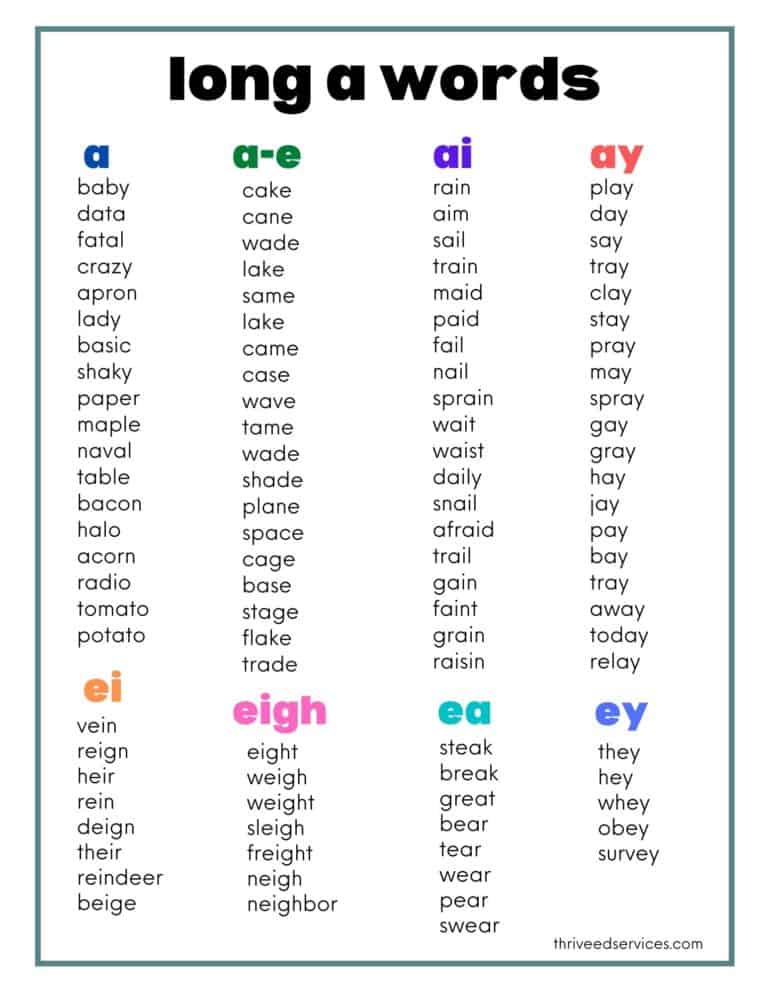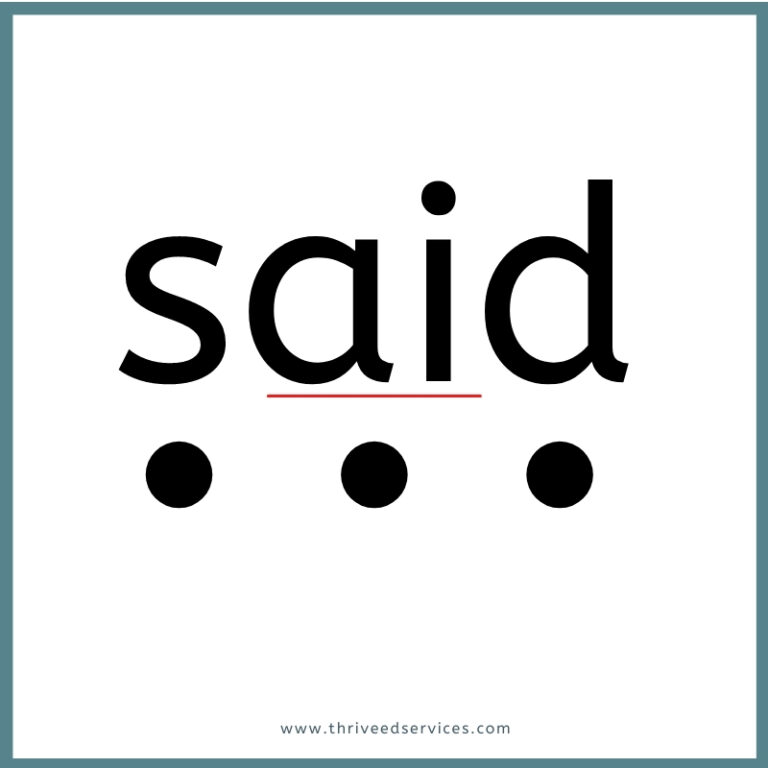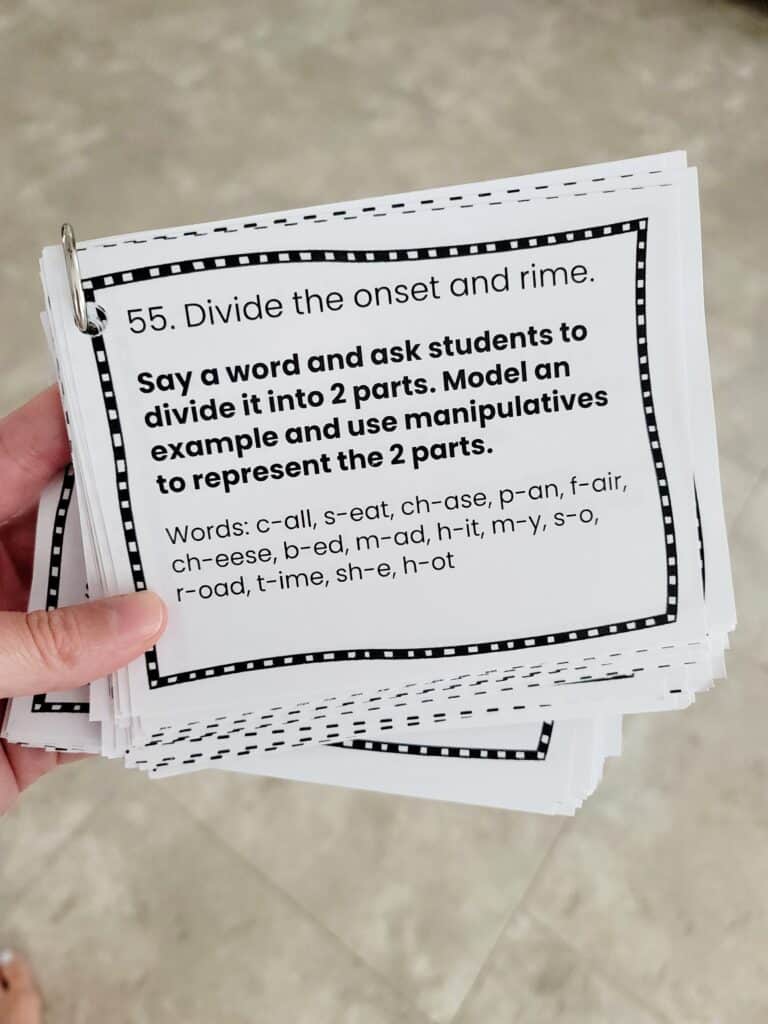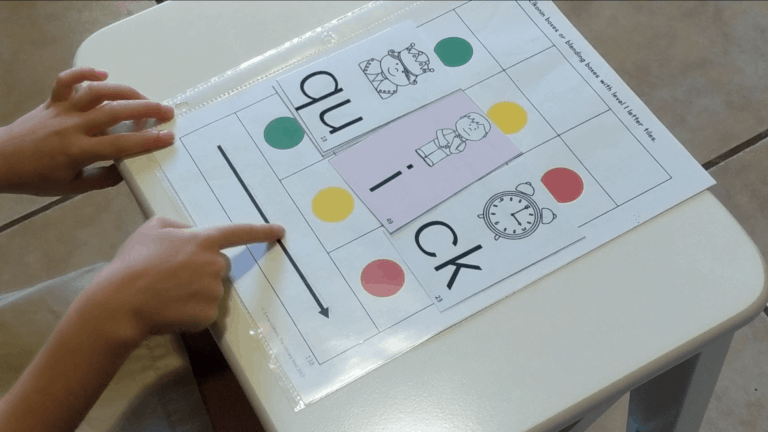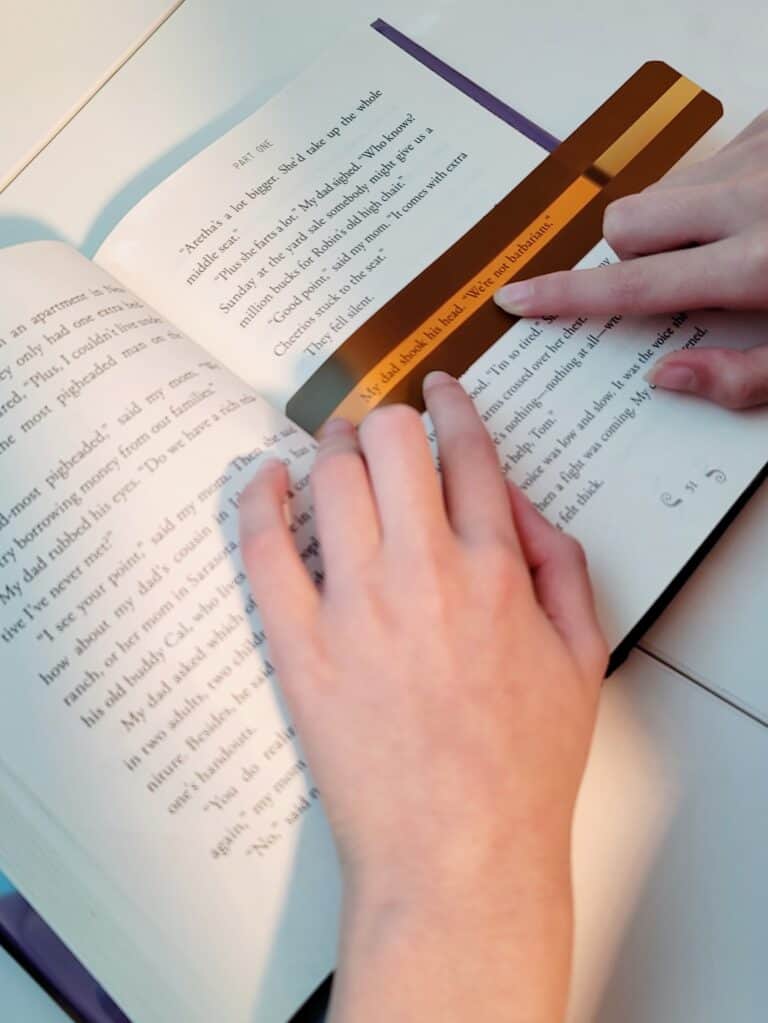Nonsense Words in Reading Instruction: Tips & FREE Printables!
This post may contain affiliate links, and I will earn a commission if you purchase through these links. Please read the disclosure policy for more details.
Do you remember the first time you encountered a nonsense word? Perhaps it was in a Dr. Seuss book or during a game of Mad Libs.
As an adult, you may wonder why anyone would bother with something so seemingly useless. However, there are important benefits to incorporating nonsense words into your reading instruction.
In this post, we’ll explore what nonsense words are, the advantages of using them, and how to effectively incorporate them into your lessons. Plus, we’ve included free printable lists of nonsense words for you to use with your students! So, let’s dive in and see why nonsense words are not so nonsensical after all.
Grab 6 FREE nonsense word lists by subscribing to my list!
*Most school spam filters block my emails, so please use a personal email.

What are Nonsense Words?
Nonsense words, also known as non-words or pseudo-words, are made-up words that follow the phonetic rules of the English language. These words are not real words, but they can be pronounced and decoded using phonics skills. They are used to assess and reinforce students’ phonics knowledge and decoding abilities.
Nonsense words are particularly useful in the early stages of reading development when students are still learning to decode words phonetically. They help students to focus on letter-sound relationships and to practice blending sounds together to read words. Nonsense words also provide a way for teachers to assess students’ decoding skills in a controlled environment, as students cannot rely on their prior knowledge of real words.
It’s important to note that nonsense words are not a substitute for real words. Students should also be taught to read and spell high-frequency words and real words that are commonly used in reading and writing. However, using nonsense words as part of a comprehensive phonics program can help students to develop the phonetic skills they need to become successful readers.
Benefits of Using Nonsense Words
Using nonsense words can provide numerous benefits for young readers. Here are a few reasons why you should incorporate nonsense words into your reading instruction:
1. Phonemic Awareness Development:
Nonsense words help students to focus on individual sounds within words. By practicing identifying and manipulating sounds in nonsense words, students can develop their phonemic awareness skills, which are essential for successful reading.
2. Decoding Practice:
Nonsense words allow students to practice decoding skills without relying on their prior knowledge of real words. This can help them to become more confident readers overall.
3. Assessment Tool:
Nonsense words can also be used as an assessment tool to gauge students’ decoding abilities. By having students read a list of nonsense words, teachers can determine which specific skills students need additional practice with.
Overall, incorporating nonsense words into your reading instruction can have a positive effect on developing readers. By providing students with opportunities to practice their phonemic awareness and decoding skills, teachers can help set them on the path to becoming successful lifelong readers.
How To Use Nonsense Words
Now that we’ve covered the benefits of using nonsense words, let’s take a look at how to use them effectively in the classroom. Here are a few strategies to consider:
1. Use them in phonics instruction.
When working on phonics, you can use nonsense words as examples to help students practice applying the rules. But only AFTER you have taught it using real words. For example, if you’re teaching the “short a” sound, you might use the nonsense word “zat” as an example.
2. Use them in word building activities.
Give students a set of letter cards and have them build nonsense words. This can be a fun way to reinforce phonics skills and help students practice blending sounds.
I also like to have students use my Word Mapping sheet to sound out and write a nonsense word. I will say the word aloud, then students go through the steps to write the word.
3. Use them in reading fluency practice.
When practicing fluency, have students read a list of nonsense words. This can help them build their decoding skills and improve their reading speed.
For example, my CVC Fluency Grids contains lists of real and nonsense CVC words. This way students practice reading both kinds of words and can truly focus on the letter sound relationship.
4. Use them in assessments.
Nonsense words can be a useful tool for assessing students’ phonics skills. You can use lists of nonsense words to track progress and identify areas where students need additional support.

Remember, the key is to use nonsense words in a purposeful way. Make sure students understand why they are practicing with nonsense words and how it will help them become better readers.
Nonsense Word Examples
Now that we know what nonsense words are and why they are beneficial for our students, let’s take a look at some examples of nonsense words. These examples can be used for practice during phonics lessons or assessments.
*You can download all the word lists by signing up at the bottom of this post.
Some examples of nonsense words for each syllable type are:
Closed Syllable Nonsense Words

Learn more about teaching CVC words and grab a CVC word list: How To Teach CVC Words
Open Syllable Nonsense Words

Learn more about the open syllable: All About The Open Syllable
VCe Nonsense Words

Learn more about teaching the VCe syllable and grab a Magic E word list: How To Teach the VCe Syllable
R-Controlled Nonsense Words

Learn more about the r-controlled syllable and a word list with r-controlled words: How To Teach R-Controlled Vowels
Vowel Team Nonsense Words

Learn more about the vowel team syllable: All About The Vowel Team Syllable
Multisyllabic Nonsense Words

Free Printable Nonsense Words Lists
Ready to take your students’ reading abilities to the next level? Download our free nonsense words lists today! These printable lists are perfect for helping your students build their decoding skills and increase their overall literacy. Simply sign up with your email address and start teaching in no time.
Grab 6 FREE nonsense word lists by subscribing to my list!
*Most school spam filters block my emails, so please use a personal email.

Conclusion
In summary, nonsense words are a valuable tool for teaching phonemic awareness and decoding skills. By incorporating them into your lessons, you can help students master the foundational skills needed for reading success.
Remember to start with simple closed syllable words and slowly progress to more complex words as students become more confident in their phonemic awareness abilities.
With the free printable lists provided, you can easily integrate nonsense words into your lesson plans and empower your students to become confident, independent readers. Happy teaching!
Sources:
- Shanahan, T. (2016, May 11). On Teaching Nonsense Words. https://www.readingrockets.org/blogs/shanahan-literacy/teaching-nonsense-words
- Hoesterey, D. Equipped for Reading Success [PowerPoint Slides]. Colorado Department of Education. https://sitesed.cde.state.co.us/pluginfile.php/73780/mod_folder/content/0/Mod%209%20EfRS%20-%20Final%20Draft.pdf?forcedownload=1
- Fuchs, L. S., Fuchs, D., & Compton, D. L. (2004). Monitoring Early Reading Development in First Grade: Word Identification Fluency versus Nonsense Word Fluency. Exceptional Children, 71(1), 7–21. https://doi.org/10.1177/001440290407100101
- Cardenas, Jessica M., “Phonics Instruction using Pseudowords for Success in Phonetic Decoding” (2009). FIU Electronic Theses and Dissertations. 139. https://digitalcommons.fiu.edu/etd/139
- Wimmer H. The nonword reading deficit in developmental dyslexia: evidence from children learning to read German. J Exp Child Psychol. 1996 Feb;61(1):80-90. doi: 10.1006/jecp.1996.0004. PMID: 8812031.
- Do We Stop Making Sense When We Assess With Nonsense Words? – Reading Science Academy
Want to remember this? Save The Importance of Nonsense Words in Reading Instruction (with Free Printable Lists!) to your favorite Pinterest board!




